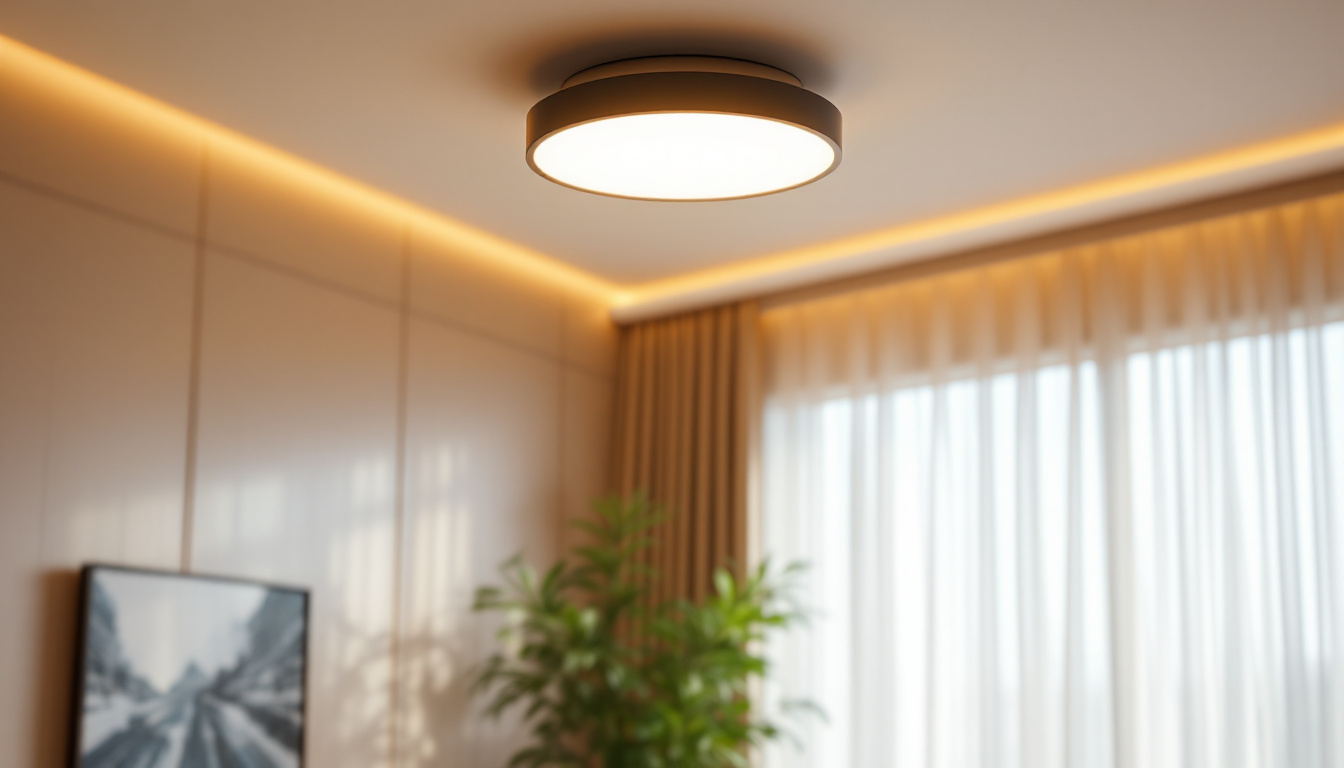
Three-way light switches are essential components in modern lighting design, allowing for convenient control of lights from multiple locations. For lighting contractors, understanding the nuances of these switches is crucial not only for installation but also for ensuring customer satisfaction. This guide delves into the various aspects of choosing the right three-way light switches, from types and features to installation tips and troubleshooting advice.
Three-way light switches differ from standard single-pole switches in that they allow control of a single light or group of lights from two different locations. This functionality is particularly useful in larger rooms, hallways, or staircases where lighting control from multiple points enhances usability and safety. The ability to turn lights on or off from either end of a long corridor or at the top and bottom of a staircase not only adds convenience but also significantly improves the overall safety of the space, reducing the risk of accidents in poorly lit areas.
A three-way switch operates using a unique wiring configuration that includes two switches and a light fixture. Each switch has three terminals: one common terminal and two traveler terminals. The configuration allows the current to flow through different paths depending on the position of the switches. This means that flipping either switch can turn the light on or off, providing flexibility in lighting control. The ingenious design of three-way switches also means that they can be wired in various configurations, allowing for creative lighting solutions tailored to the specific layout of a home or building.
There are several types of three-way light switches available on the market, each designed to meet specific needs and preferences. The most common types include:
In addition to these types, there are also specialized three-way switches designed for specific applications, such as outdoor lighting or those that can withstand damp environments. These switches often come with additional features, like weatherproof casings or enhanced durability, making them suitable for use in garages, patios, or other outdoor spaces. Furthermore, as energy efficiency becomes a more pressing concern, many manufacturers are focusing on creating eco-friendly options that minimize energy consumption while maximizing functionality.
Selecting the appropriate three-way light switch involves considering various factors, including functionality, compatibility, and aesthetics. Here are some key considerations for lighting contractors:
When choosing a three-way switch, it is essential to evaluate the functionality required for the specific project. For instance, if the client desires customizable lighting options, a dimmer switch may be the best choice. Alternatively, if the project involves integrating smart home technology, a smart switch would be more suitable. Understanding the client’s needs will guide the selection process. Additionally, some switches come equipped with features such as remote control capabilities, allowing homeowners to adjust lighting from anywhere within the house. This can be particularly appealing for those who prioritize convenience and energy efficiency, as smart switches often include energy monitoring features that can help users track their consumption.
Compatibility with existing wiring is another critical factor. Before selecting a switch, contractors should assess the current wiring setup to ensure that the new switch can be integrated without extensive modifications. This includes checking the voltage requirements and ensuring that the switch can handle the load of the lighting fixtures. It is also advisable to consider the type of wiring in place; for example, older homes may have different wiring standards that could affect the installation of modern switches. In such cases, contractors might need to update the wiring to meet current safety codes, which can add to the overall project timeline and budget.
The appearance of the switch can significantly impact the overall design of the space. Contractors should consider the style, color, and finish of the switch to ensure it complements the surrounding decor. Many manufacturers offer a variety of designs, from sleek modern finishes to classic styles, allowing for seamless integration into any environment. Furthermore, the placement of the switch should also be considered; a well-placed switch not only enhances functionality but also adds to the visual appeal of the room. For example, a decorative switch plate can serve as an accent piece, drawing attention to the switch while harmonizing with other design elements in the space. Additionally, some homeowners may prefer a more minimalist approach, opting for hidden or flush-mounted switches that maintain a clean and uncluttered look.
Proper installation of three-way light switches is crucial for functionality and safety. Here are some essential tips for lighting contractors to ensure a successful installation:
Before starting the installation, it is vital to understand the wiring configuration. Familiarize yourself with the common and traveler terminals on the switches, as well as the wiring layout in the electrical box. A clear understanding of these elements will facilitate a smoother installation process. Additionally, it may be helpful to sketch out the existing wiring setup before you begin. This visual aid can serve as a reference point and help prevent confusion as you work through the installation. Remember that different homes may have varying wiring standards, so be prepared to adapt your approach based on what you find.
Safety should always be the top priority during installation. Ensure that the power is turned off at the circuit breaker before beginning any work. Use a voltage tester to confirm that the wires are not live. Additionally, wearing appropriate personal protective equipment (PPE) can help prevent accidents. Gloves and safety goggles are recommended to protect against any unexpected electrical hazards. Furthermore, it’s a good practice to keep your work area tidy and organized, as clutter can lead to mistakes or accidents. Always have a first aid kit on hand, just in case, and make sure you are familiar with the emergency procedures relevant to electrical work.
After installation, it is essential to test the switches to ensure they function correctly. Turn the power back on and check that both switches can control the light as intended. If any issues arise, troubleshoot the wiring connections and configurations before finalizing the installation. It’s also wise to test the switches multiple times from both locations to confirm consistent performance. In addition, consider checking the light fixture itself to ensure it is compatible with the type of bulbs being used. Sometimes, flickering or inconsistent lighting can be attributed to the bulbs rather than the switch installation. If you encounter persistent issues, it may be beneficial to consult with a more experienced electrician for additional insights or troubleshooting techniques.
If the light does not turn on, the first step is to check the circuit breaker to ensure it has not tripped. If the breaker is fine, inspect the wiring connections at both switches to ensure they are secure and correctly configured. Additionally, verify that the light bulb is functional and properly installed.
When the switches do not work in tandem, it often indicates a wiring issue. Check that the traveler wires are correctly connected to the traveler terminals on both switches. It may also be beneficial to refer to the switch’s wiring diagram to ensure everything is in order.
Flickering lights when using a dimmer switch can be frustrating. This issue may arise from incompatible light bulbs, particularly if using LED bulbs with a standard dimmer. Ensure that the bulbs are rated for dimming and compatible with the specific dimmer switch installed. If the problem persists, consider replacing the dimmer switch with a model designed for LED use.
Three-way light switches are a vital component in effective lighting design, providing convenience and flexibility for users. By understanding the different types of switches, carefully selecting the right features, and following proper installation practices, lighting contractors can enhance their service offerings and ensure customer satisfaction.
As the demand for advanced lighting solutions continues to grow, staying informed about the latest technologies and trends in three-way switches will position contractors for success in the ever-evolving lighting industry. Whether opting for traditional, dimmer, or smart switches, the right choice can significantly impact the functionality and aesthetics of a space.
By prioritizing safety, understanding wiring configurations, and being prepared to troubleshoot common issues, contractors can deliver high-quality installations that meet the needs of their clients. Ultimately, the right three-way light switch can transform a simple lighting setup into a sophisticated and user-friendly system.
Ready to elevate your lighting projects with the right three-way switches? Look no further than LumenWholesale for a comprehensive selection of high-quality, spec-grade lighting products. We provide contractors with exceptional value, cutting out the middleman to offer unbeatable wholesale prices. Our products meet rigorous industry standards, ensuring reliability and performance for every installation. Plus, with the convenience of free shipping on bulk orders, you can stock up on premium lighting solutions without worrying about hidden fees. Make the smart choice for your lighting needs and experience Wholesale Lighting at the Best Value today.

Discover the intricate workings of stop lights and learn how lighting contractors can master their installation and maintenance.

Discover how BR40 bulbs can revolutionize your lighting projects.

Discover how solar light for lamp posts is revolutionizing the lighting industry by offering sustainable, cost-effective, and eco-friendly solutions.

Discover the essential insights into flush lighting with our comprehensive guide tailored for lighting contractors.